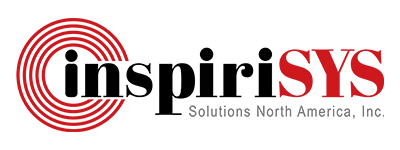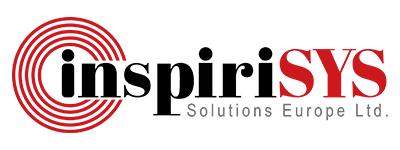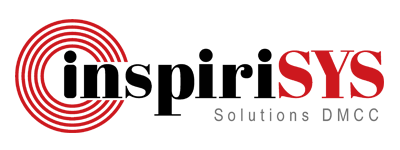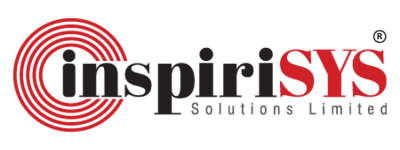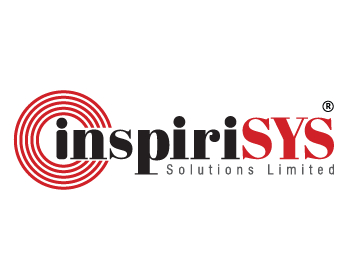What Is Software as a Service (SaaS)?
Software as a Service (SaaS) operates on a subscription-based licensing model that allows users to access software via the Internet. Unlike traditional software installed on personal computers or local servers, SaaS applications are hosted on external servers managed by the service provider.
These applications are typically accessed via a web browser, where users can log in using their username and password. This approach eliminates the need for local installations, enabling users to access the software from anywhere with an internet connection.
Key Takeaways
- Software as a Service (SaaS) allows users to access software via the internet on a subscription basis, eliminating the need for installation on individual devices.
- This model reduces deployment costs and time, provides predictable annual software expenses, and shifts maintenance tasks to the provider, freeing up in-house resources.
- It supports various business functions like file sharing, email, calendars and human resource management.
How does SaaS work?
SaaS services operate on cloud platforms using a multi-tenant architecture, where a single application instance serves multiple customers while keeping their data secure and isolated. This setup leverages virtualization technology, allowing cloud providers to host software on several virtual machines (VMs) within a single physical server. As a result, multiple tenants share the platform while paying for access on a subscription basis. This cost-effective architecture promotes resource pooling, enabling customers to scale operations effortlessly while simplifying maintenance, updates, and troubleshooting.
Importance of SaaS model
SaaS streamlines IT operations by removing the need for in-house server hosting, significantly cutting down on infrastructure costs. By outsourcing updates and maintenance to service providers, businesses can focus more on core activities rather than on IT management. SaaS proves indispensable for companies aiming to remain agile in a competitive market, providing flexible solutions and ensuring frequent updates to software.
Advancements in technologies like cloud and edge computing, collaboration tools, and next-generation networks such as 5G and Wi-Fi 6 are accelerating the adoption of SaaS. These technologies ensure that SaaS platforms can offer high-performance, low-latency services essential for modern business operations.
Today, a broad spectrum of business applications, from email and sales management to CRM and billing, leverage the SaaS model for greater efficiency and adaptability. This makes SaaS a fundamental component of contemporary business strategies, helping companies to innovate and expand effectively.
Key Features of the SaaS Model
The SaaS model revolutionizes how businesses access and use software, offering a range of features that enhance efficiency, scalability, and cost-effectiveness. Key features include:
Multi-tenancy Model
Multi-tenancy refers to a software architecture where a single application instance serves multiple clients, known as tenants. Each tenant can typically customize specific features of the application to suit their needs. To ensure data privacy and security, modern applications are designed with mechanisms that separates each tenant’s data effectively. This separation is achieved through various methods such as distinct databases, individual schemas within a shared database or discriminators in a single database to differentiate the data of tenants.
Elastic Infrastructure
SaaS applications often experience fluctuating levels of usage, which requires their infrastructure to dynamically adjust to meeting varying demand. To facilitate this, modern SaaS platforms employ monitoring tools that detect shifts in resource needs and adjust capacities automatically. Technologies like Docker and Kubernetes enhance scalability, while policy engines automate resource management, adjusting resources in real-time and maintain performance levels.
Data Security
Data protection is key for SaaS applications, especially since they are shared by multiple users. Ensuring encrypted storage and access control for each tenant is vital. Integration with Key Management systems is crucial; these systems manage encryption keys securely, preventing unauthorized data access. Similarly, Cloud Access Security Brokers (CASB) boost security by monitoring and enforcing policies across cloud services. Additionally, Role-Based Access Controls (RBAC) restrict data access based on user roles, further enhancing data security.
Automated Provisioning
Automated provisioning enables instant access to SaaS platforms by streamlining the creation and management of user accounts through technologies like Cloud Services Brokers (CSB). These tools automate the assignment of access credentials, allowing users to start using services without delays. By leveraging APIs, SaaS platforms can dynamically manage user access based on demand, ensuring operational efficiency and robust security.
Single Sign-On (SSO)
SSO simplifies access to multiple SaaS applications by enabling users to log in once and gain entry to all connected services. This reduces the need for managing multiple passwords and streamlines authentication processes. It integrates seamlessly with identity management systems through widely used protocols like Security Assertion Markup Language (SAML) or OpenID Connect. Designed to support multi-tenant environments, SSO allows each tenant to connect their preferred authentication systems, ensuring flexibility and secure access for diverse user bases.
Benefits of SaaS
The SaaS model changes how businesses access and use software, offering unmatched benefits. It empowers organizations to streamline operations, adapt to changing demands effortlessly.
- Ease of Access
SaaS applications are hosted over the internet, making them accessible from any device, including computers, tablets, and mobile phones. It allows users to connect and interact with applications from anywhere, offering unmatched convenience.
- Reduced Maintenance Burden
Routine tasks like updates, patches, and server maintenance are handled by the provider, lifting the burden from in-house IT teams. Organizations can focus on strategic goals while ensuring software performance and reliability.
- Effortless Scalability
As business needs grow, SaaS solutions can easily expand to provide additional bandwidth, licenses, and features. This scalability supports business growth without requiring investments in physical infrastructure.
- Enhanced Cost Efficiency
The subscription-based model removes the need for large upfront costs in hardware and software, making it a budget-friendly choice for businesses. Providers manage resources efficiently, offering advanced solutions at lower costs. With centralized management, organizations can maximize their software investments while keeping overhead expenses low.
- Quick Deployment
With minimal setup required, these applications can be deployed rapidly, ensuring faster integration into business processes. This efficiency helps businesses achieve their goals without delays.
- Improved Business Agility
Organizations can easily adapt SaaS solutions to changing requirements, whether scaling resources up and down and adding new features. This dynamic approach supports innovation and aligns IT capabilities with organizational objectives.
Key Terms
Uptime
The amount of time a SaaS application remains fully operational and accessible without outages or interruptions, typically measured as a percentage over a specific period (e.g. monthly or yearly).
Role-Based Access Control (RBAC)
A security model that restricts access to the SaaS application is based on the user's role within an organization, ensuring users can only access data and features that are relevant to their responsibilities.
Single Sign-On (SSO)
A user authentication process that allows a user to access multiple applications with a single set of login credentials simplifying the login experience and enhancing security.

